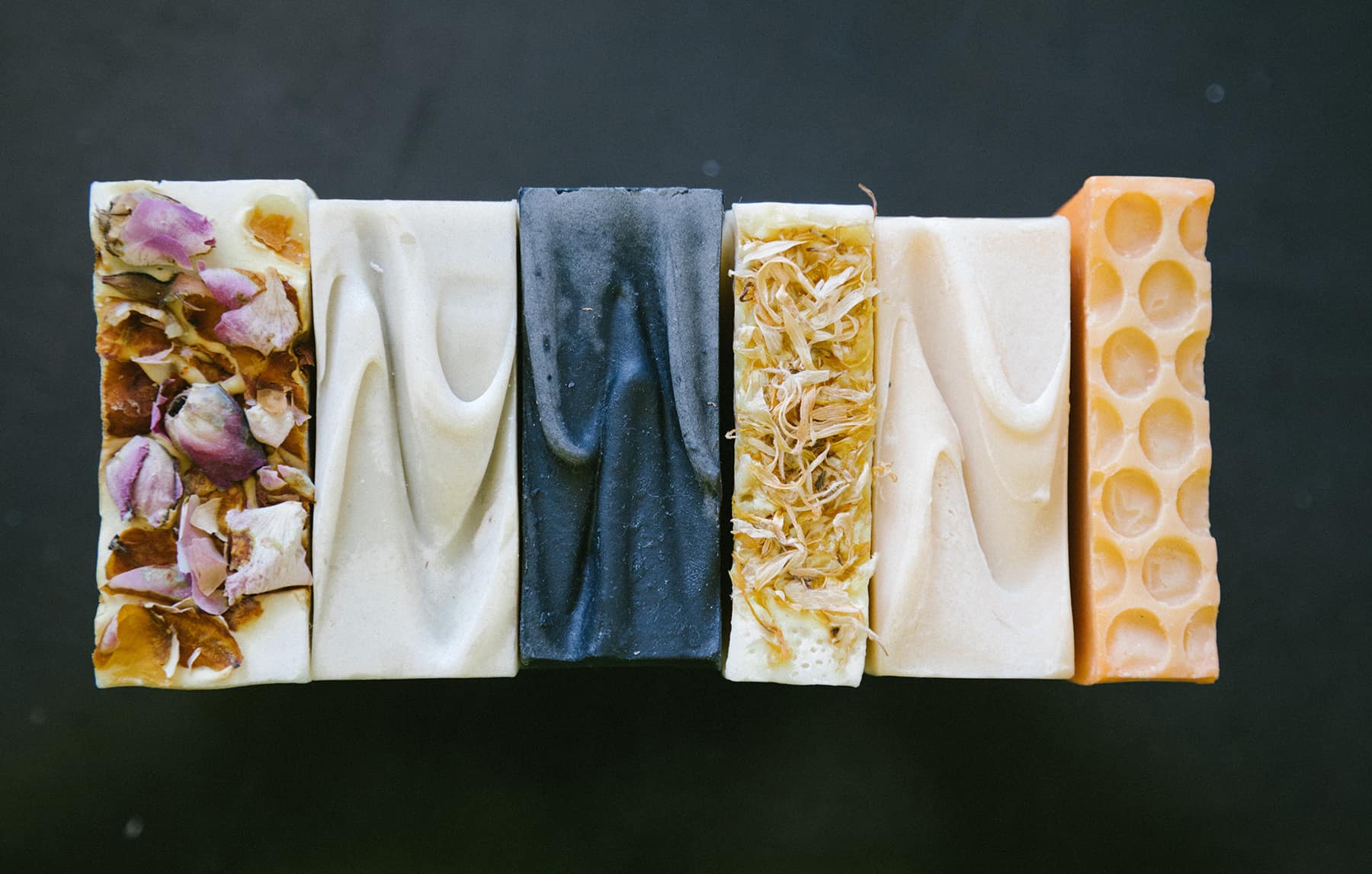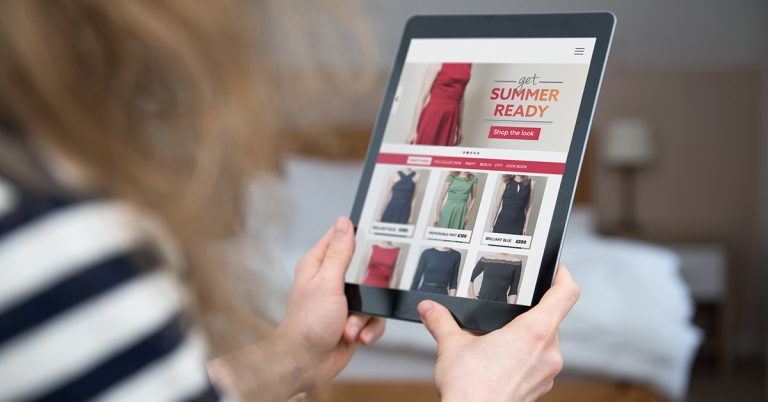Southeast Asian consumers are becoming more conscious of what they put in and on their bodies, reflecting a trend that’s rapidly gaining momentum.
Sustainable, natural, organic. These are the buzzwords that have been trending in the beauty industry as consumers are taking a much closer look at the products that are a part of their daily lives. Clean beauty, which was once a niche trend, is leading much of the innovation around clean and sustainable personal products as they continue to become more mainstream.
The clean beauty movement began with a consumer focus on products that were free from harmful ingredients. According to Melissa Wong, Regional People & Content Marketing Manager of Synagie, while there is no official definition, clean beauty refers to products that are created without ingredients that harm the body and has transparent labeling of ingredients.
Clean beauty is a thriving category that has taken over the beauty world and there are more and more clean beauty brands emerging in the market. While it may mean different things to different people, it is fueled by the rise of eco-conscious consumers in Southeast Asia as more people show interest in health and sustainability. With consumers getting more educated and informed, they are also doing a lot more research before making a purchase. Here we dive into the key drivers and top trends that will shape the clean beauty industry in the coming years.
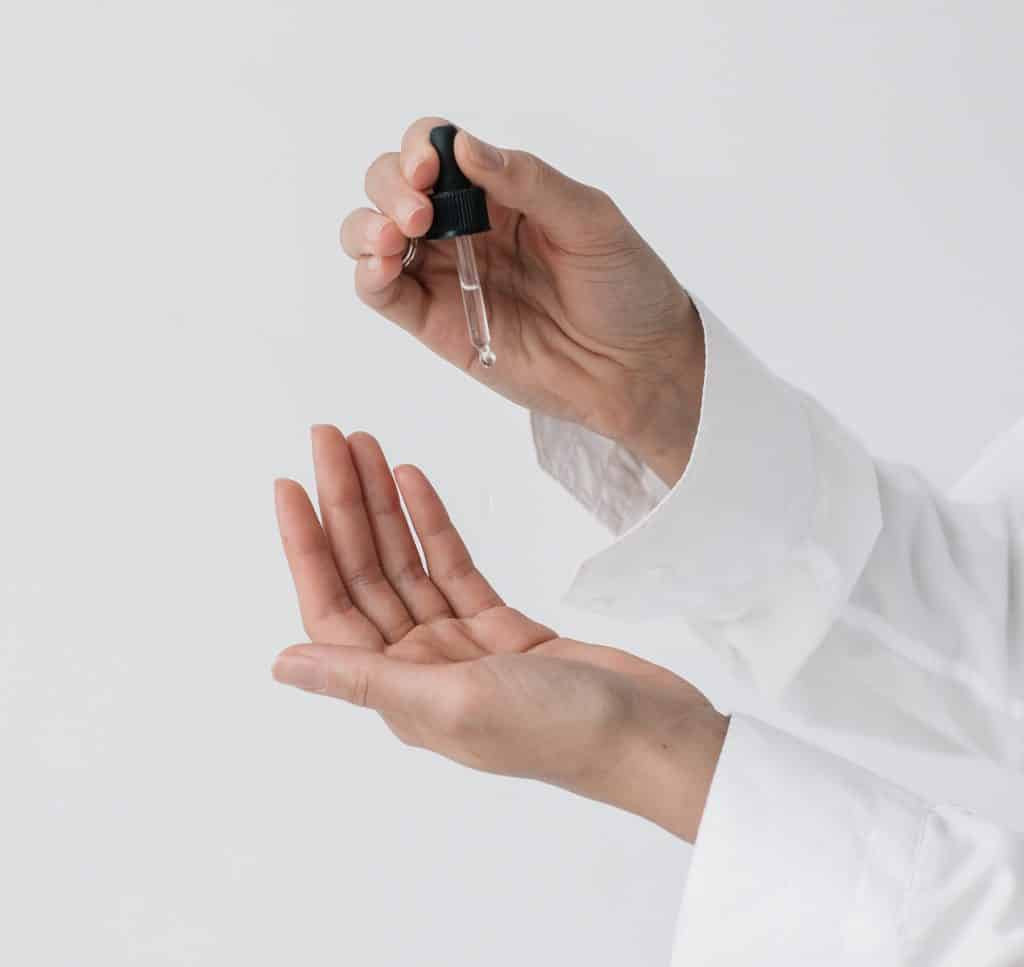
Focus on ingredients.
Consumers today will opt for beauty essentials that are natural, eco-friendly, toxin-free and clean instead of anything that’s laden with chemicals. This has led to beauty brands focusing on what goes into their product formulations and apprising all consumers about the ingredients and the benefits they bring, says Ma. Victoria Isabel Palabyab (Billie), Business Development Manager of Burt’s Bee SEA. In the past, brands would focus on other aspects such as their packaging and being eco-friendly, but now the story is on the ingredients. Where it comes from, how it’s sourced and how it’s beneficial for your skin.
More brand transparency.
In the online channels it is becoming more and more integral for brands to become consistent and clear with their messaging and educate customers through providing transparent and clear information about the product ingredients and its benefits. When it comes to content marketing, brands need to engage the right influencer or expert to lend their voice of authority and utilitze the different solutions such as live streaming, as an engagement tool to educate consumers and build on the brands credibility.
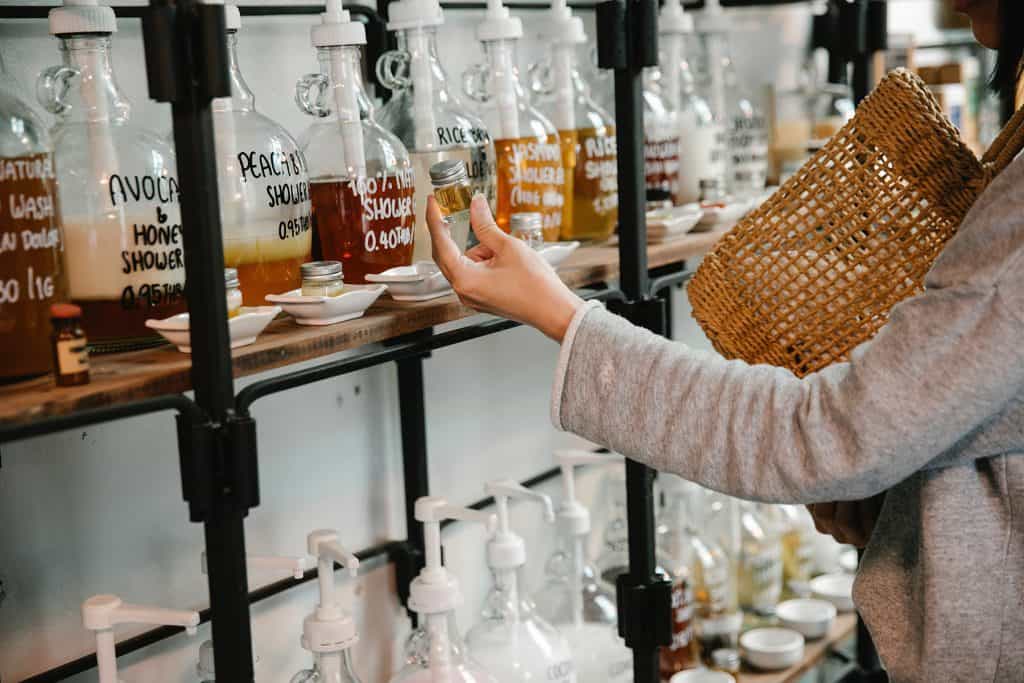
Refill and reuse.
Various beauty verticals are embracing refill models as clean beauty consumers want long-term sustainable solutions that prioritize reducing waste. Plastic-free and zero-waste both saw big jumps in consumer interest over the last year. Beauty brands are looking for ways to reduce their impact such as turning to refillable packaging that won’t clog landfills, and encouraging consumers to upcycle their empties instead of throwing it out.
Blue beauty.
Originating in South Korea, which has always been a beauty innovator, ‘blue’ beauty AKA waterless beauty is going mainstream thanks to the growing concern of water scarcity and climate change. Referring to products that have no or very little water in its formulas, waterless products promise more potency and less environmental impact. Beauty products can contain up to 90 per cent water, often as a filler ingredient or an addition to improve texture. And that’s not even taking into consideration water used in the wider production, including packaging. By removing water from its formulas, brands are able to create sustainable, plastic-free packaging and reduce its carbon footprint.
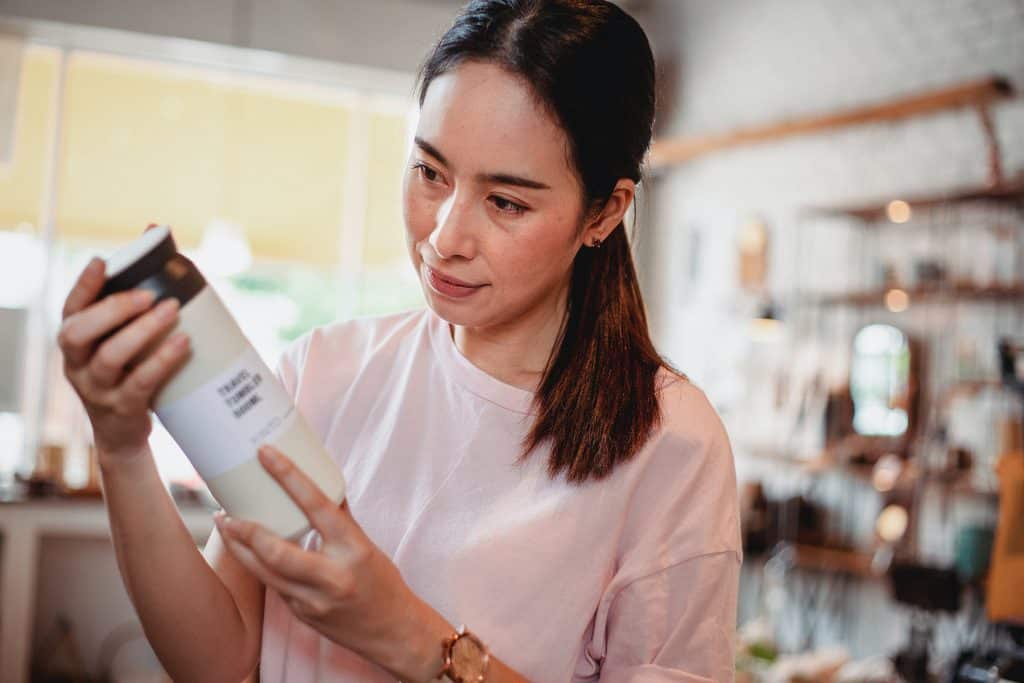
Products with efficacy.
Brands need to do more than communicate clean and non-toxic credentials. The most important thing when it comes to skincare products is its efficacy, notes Yi Lian Ng, Editor of Veteran Magazine. Brands need to shift their focus from ‘free from’ claims to display the safety and efficiency of the ingredients that are actually present in the product.
Halal cosmetics.
South-East Asia is the main market for halal cosmetic and personal care products, which is gaining traction thanks to the vegan and ethical beauty movements. You have to go through a pretty strenuous regulations to have your brand certified halal and because it has to be devoid of animal-derived ingredients as well as contents which are harmful to health, many halal beauty products also align with the clean beauty ethos. Some halal-certified beauty products also carry vegan, organic, cruelty-free or ethical tags and certifications.
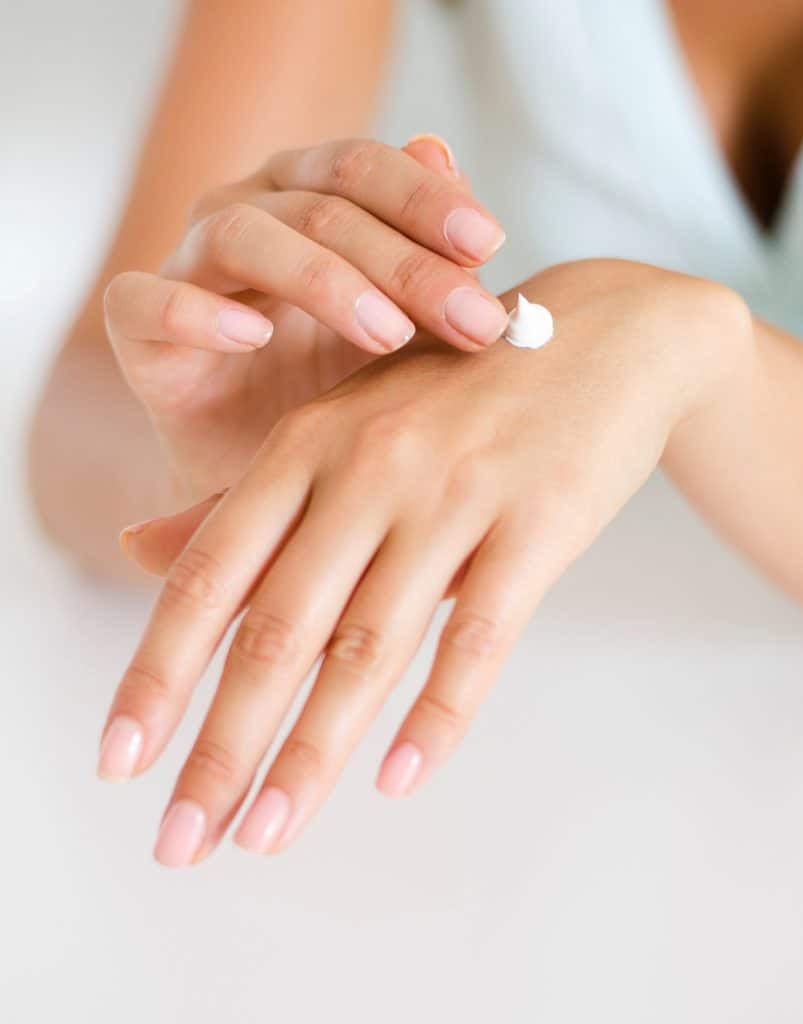
Planet positive.
There is a different between green washing and green marketing. Transparency is very important if you’re a clean beauty brand. Consumers want to know how you’re making an impact and consequently how they are making an impact when buying your products. Far from just being environmentally conscious, the day to day operation of the company also needs to also be ‘clean’ at its core level, from where they source their ingredients, to their ethics and climate commitments.
Skinimalism.
Staying at home during the pandemic means women are used to wearing less makeup and many consumers who‘ve simplified their beauty routines over the past year plan to stay that way. Skinimalism encourages consumers to let go of the hefty 10-step makeup and skincare routines. Rather, build a smaller yet effective regime that brings afloat natural and healthy skin. These fresh concepts of beauty and skincare, and focusing only on products that can benefit your skin, have already started gaining prominence globally.

